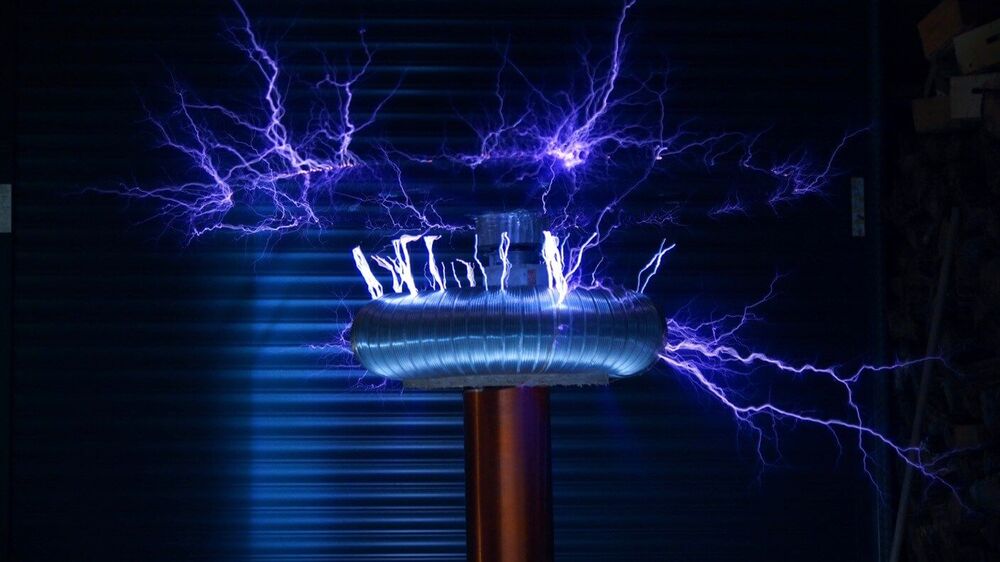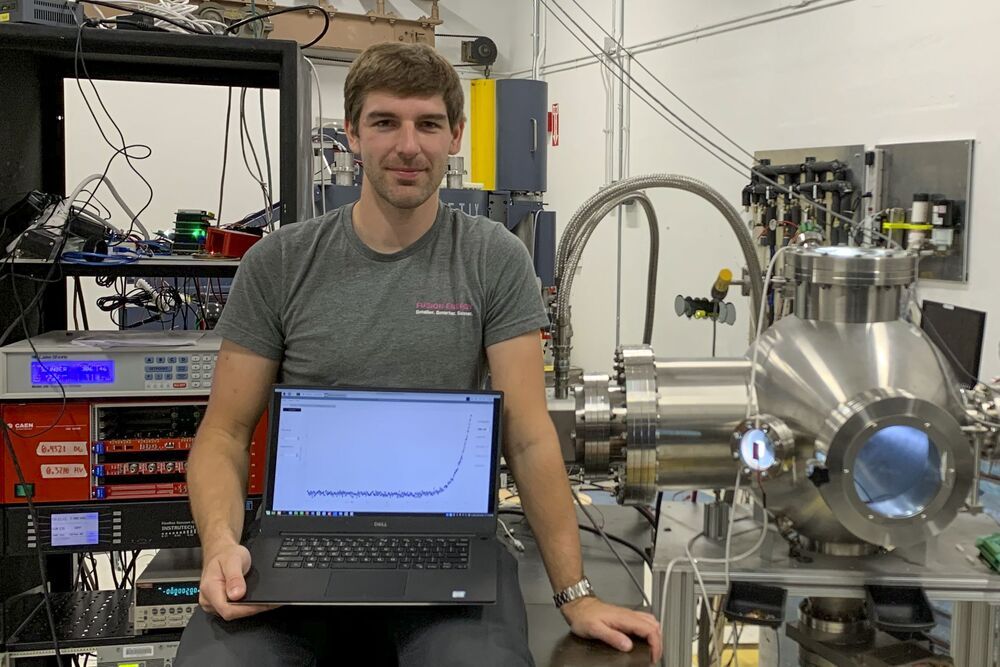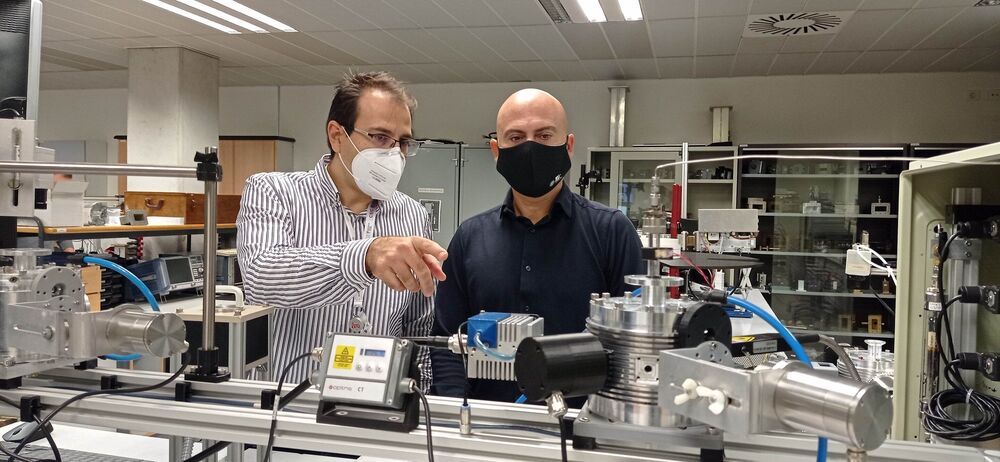Nov 9, 2020
Sony launches Airpeak drone business to support ‘video creators’
Posted by Genevieve Klien in categories: business, drones, energy, mapping
Sony wants a bigger piece of the drone market. Today, the Japanese giant unveiled a project called Airpeak, which will “support the creativity of video creators to the fullest extent possible,” according to a cryptic press release. That makes it sound like Sony wants to take on consumer-focused drone makers such as DJI, Parrot and Skydio. Which makes a lot of sense, given Sony’s expertise in the compact and full-frame mirrorless camera markets. If you’re a vlogger or independent filmmaker that already uses Sony gear, you might be tempted by a drone with similar technology. If nothing else, it would make it easier to color correct and combine footage.
In the press release, though, Sony notes how drones have led to “workflow efficiency and energy savings in the industrial sector.” It adds: “Sony has assigned the ‘Airpeak’ brand to reflect its aspiration to contribute to the further evolvement and the creation of the unprecedented value through its imaging and sensing technology as well as 3R technologies (Reality, Real-time and Remote) in the drone area.” So it a consumer or enterprise play? We’re hoping its the former. The company already has Aerosense — a business-focused drone collaboration with ZMP — which specializes in surveying, capturing live events and creating maps from drone imagery.

















